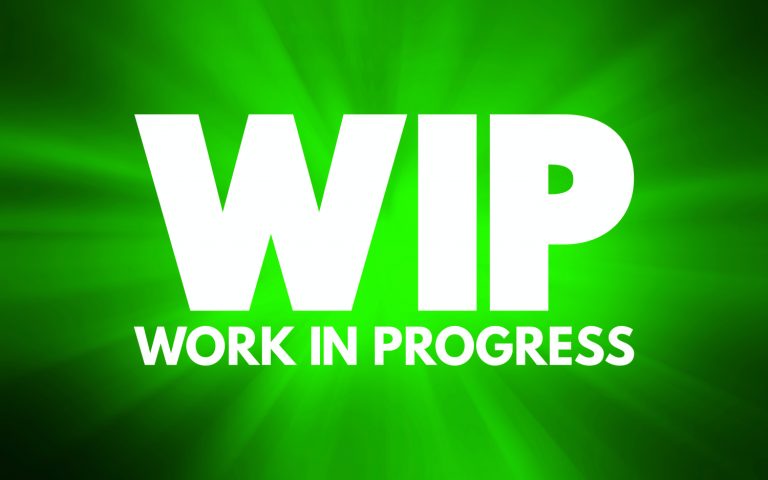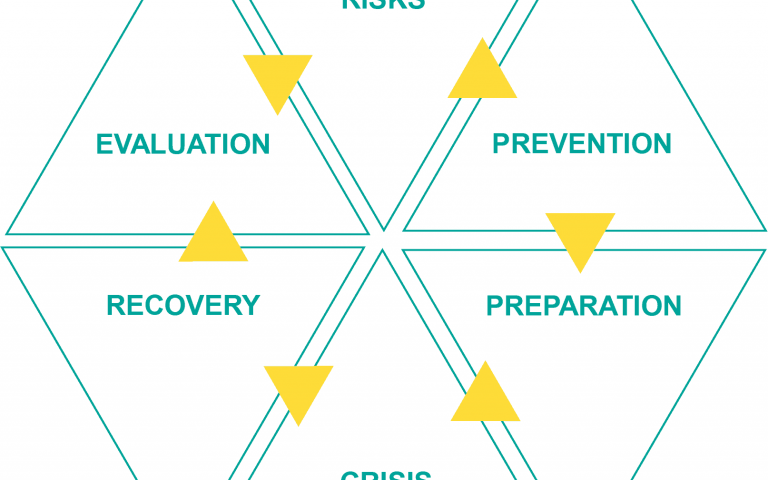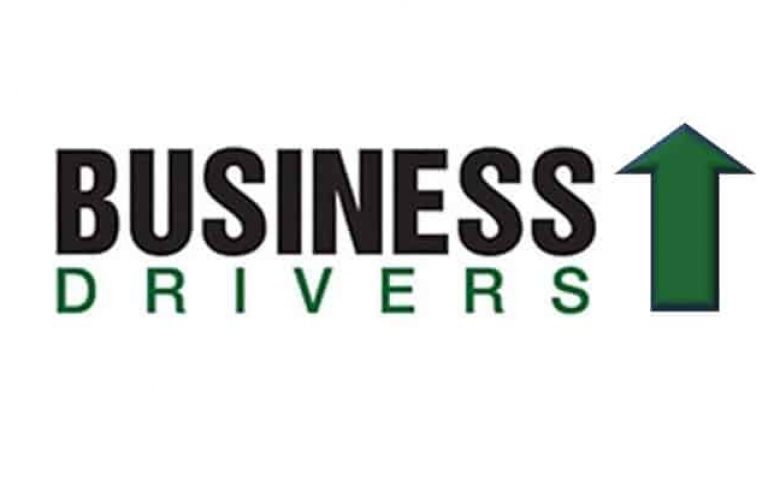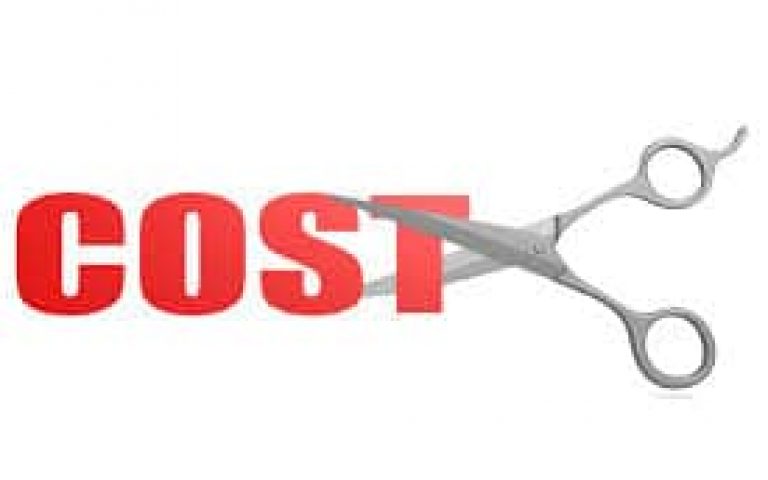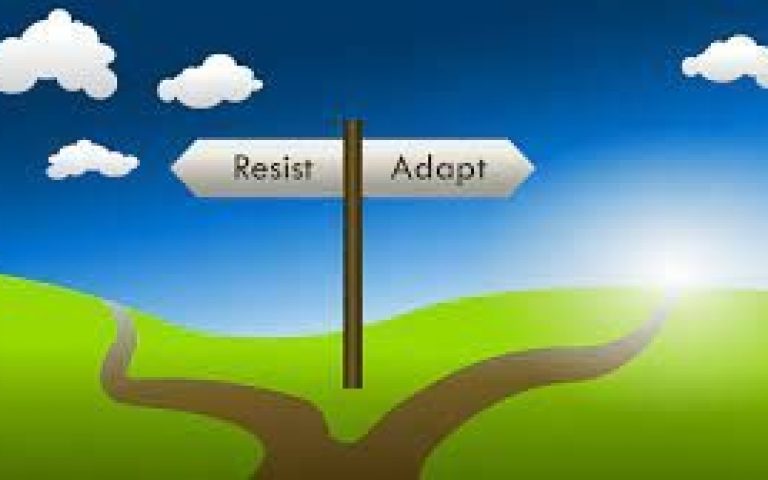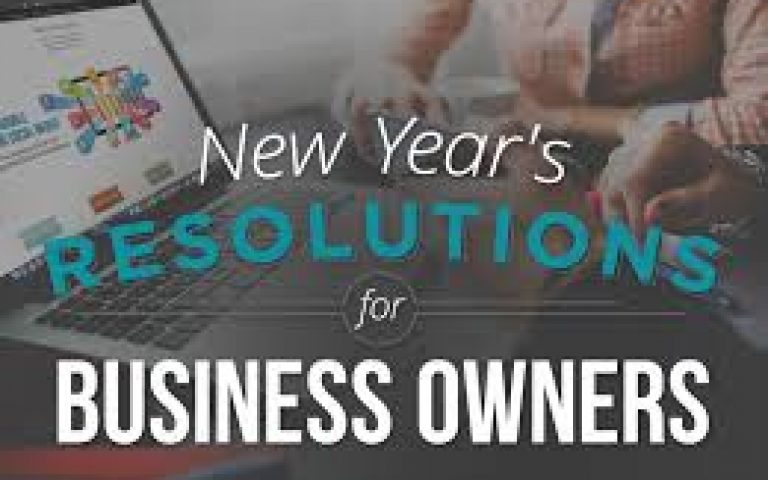As many of us approach getting back to work as Coronavirus-related restrictions begin slowly lifting, we need to focus attention on the things we need to do to get our businesses moving again. From limited funding and shifting customer needs, on through supply chain disruptions, you will face some challenges as you ramp up your core business activities one again.
Even those businesses that remained partially open during the crisis have likely taken a hit to their bottom line and many now, like those returning from a hiatus, need help covering some of their basic expenses like rent and utilities. You may want to consider some of the funding resources such as the Paycheck Protection Program (PPP) and other Disaster Assistance Programs.
Staffing requirements are another area to consider. Many businesses will (or have) opened with restrictions reducing the number of customers allowed in an establishment, curbside-service-only mandates, and the likes. You may need to run on a leaner staff as a result and/or may not even be able to financially handle going back to a full-staff roster or without revising employees’ hours. Consider whether you can offer limited hours to the majority of your pre-pandemic staff, or whether it makes more sense to have a few key individuals on for their regular hours, while slowly re-expanding your employee roll as business picks up again.
Your customers’ lives have all been impacted by COVID-19 as well, and they may need different things from your business right now. Their disposable income is also likely limited for a while to come, so get creative and think of how you can help solve the challenges they are facing now. This may be as simple as changing your marketing messaging (remember to utilize multiple channels), but some businesses may need to reposition or update their core offerings to fill the needs of their market. Demonstrate that your customers’ interests are a top priority.
You could find, too, that supply chains may have been disrupted. Products and supplies may not be available, may be available but are on backlog, or the method of pickup or delivery (including the delivery-time-horizon) may be different than it was before the pandemic. Similarly, your supply chain vendor relationships may have shifted as well. It might make sense to consider new vendors to meet short-term needs as you reopen, or, as suggested in last month’s newsletter, to serve as a “back-up” vendor rather than having all your proverbial eggs in one basket.
Lastly, remember that health concerns remain top of mind while the threat of COVID-19 remains, so many businesses that are reopening are installing objects such as protective shields at cash registers, placing customer-capacity limitations, and instituting extra cleaning and sanitation measures. All of which may affect staffing, expenses, and customers’ behaviors.
“Normalcy” is not going to happen overnight. In fact, “normal” for you moving forward may look quite different from what it looked like pre-pandemic. Your journey back to the volume of customers you had before may take time and the way you do business may shift along with it. This article addressed a few of the considerations you need to make in order to better prepare as businesses begin to slowly reinstate. Titan Business Development Group, LLC is poised to help you get back on your feet and pointed in the right direction.
***
TITAN Business Development Group, LLC














